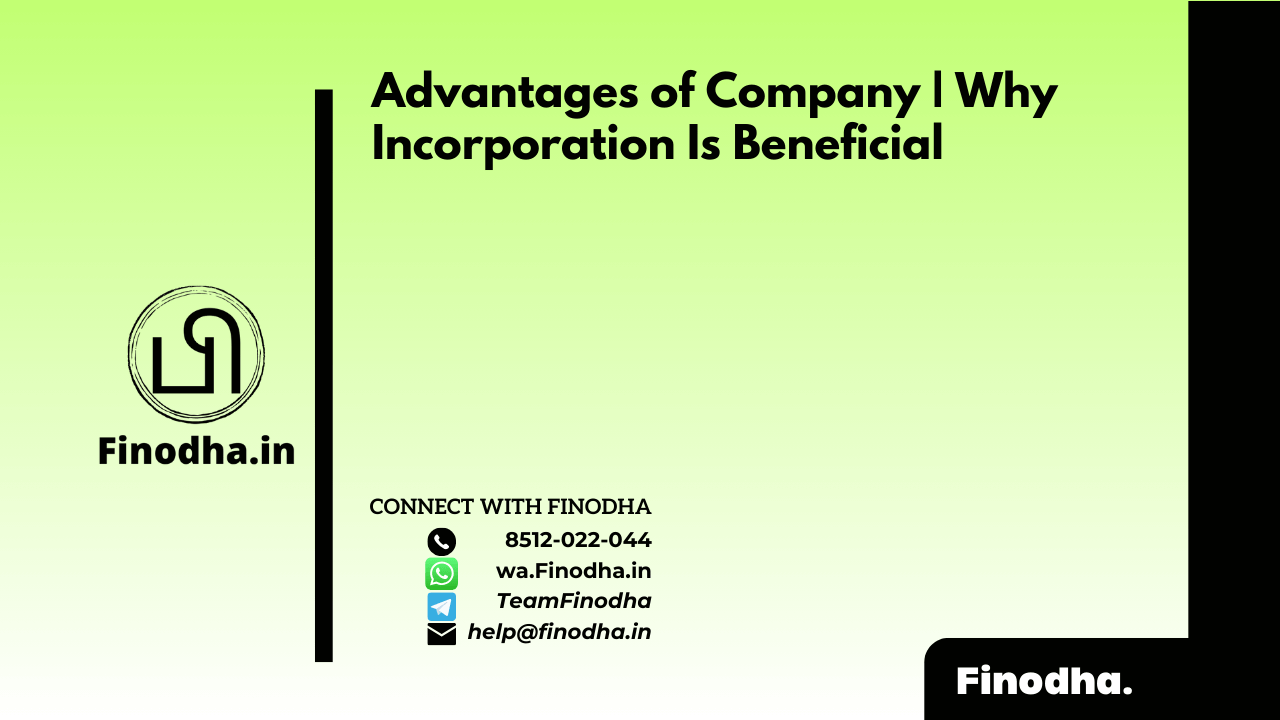Important Keywords: Cost of Labour, Direct Costs, Indirect Costs, Variable Costs, Fixed Costs, Business Economics, Financial Choreography, Market Dynamics, Small Business Strategies.
Table of Contents
Introduction:
In the intricate dance of business economics, the cost of labour takes center stage, orchestrating a complex symphony of salaries, benefits, and taxes. This financial ballet involves a delicate balance of direct and indirect costs, fixed and variable expenses, influencing the profitability and sustainability of a company. Let’s delve into the nuances of the cost of labour, unravel its classifications, and understand its pivotal role in shaping business strategies.
Navigating Cost of Labour:
A Dual Perspective: Direct and Indirect Costs: Labour costs wear a dual hat, distinguishing between direct and indirect expenses. Direct costs, akin to the spotlight on a theatrical stage, illuminate the salaries of those directly involved in the production process. Contrastingly, indirect costs lurk in the shadows, encompassing support labour that ensures the machinery hums smoothly. Balancing these two facets is essential for a harmonious financial performance.
Understanding the Economic Choreography:
Setting the Selling Price: In the grand production of business, setting the selling price is akin to choreographing a flawless routine. Labour costs, alongside inventory and overhead expenses, are integral components influencing this pricing ballet. Any omission in these calculations can lead to a diminished profit, leaving businesses in a financial pas de deux.
Adapting to Market Dynamics: The business stage is not immune to changing tides. If demand dwindles or the competitive market demands a price adjustment, companies must adeptly modify their choreography. This often involves a delicate dance with labour costs, requiring companies to recalibrate their workforce, optimize productivity, or streamline production costs.
Direct vs. Indirect:
A Glass Manufacturing Tale: Direct Cost of Labour: Picture a glass manufacturing company meticulously crafting glass doors. The workers operating the machinery, cutting glass to precision, represent direct labour costs. These are the visible performers on the business stage, their efforts directly contributing to the final product.
Indirect Cost of Labour: However, behind the scenes, a cadre of employees ensures the security of the factory and warehouse. These unsung heroes represent indirect labour costs, as their contributions cannot be directly linked to a specific act of production. Both are crucial for the seamless functioning of the business theatre.
Variable and Fixed:
Unveiling the Financial Choreography: Variable Cost of Labour: The financial choreography further unfolds with the classification of labour costs into variable and fixed. Variable costs, akin to a dancer adapting to different tempos, fluctuate with the production levels. For instance, the cost of labour to operate machinery aligns with the ebb and flow of production demands.
Fixed Labour Costs: In the background, fixed labour costs maintain a consistent rhythm, irrespective of production fluctuations. Long-term service contracts, such as external maintenance agreements, exemplify fixed labour costs. These are the dependable beats in the financial composition.
A Tale for Every Business:
Priya’s Dilemma: Meet Priya, a Small Business Owner: In the bustling theatre of business, Priya, a small business owner, once grappled with the complexity of labour costs. Her venture faced the challenge of balancing direct and indirect expenses. With the implementation of strategic cost-cutting measures and leveraging variable labour costs, Priya successfully navigated the economic stage, ensuring her business continued to shine under the spotlight.
Key Takeaways: Nurturing Financial Harmony:
- Balancing Act: The interplay of direct and indirect labour costs demands a delicate balance for financial harmony.
- Adaptability: Businesses must be nimble in adjusting labour costs to adapt to changing market dynamics.
- Variable and Fixed Precision: Understanding the nuances of variable and fixed labour costs is essential for precise financial choreography.
Conclusion:
The Ongoing Symphony of Cost of Labour: As businesses continue their intricate dance on the economic stage, the cost of labour remains an ever-present melody. The financial symphony, composed of direct and indirect, variable and fixed costs, shapes the destiny of enterprises. Navigating this intricate dance requires businesses to be adept conductors, orchestrating a harmonious blend that resonates with success.
Raed More: Revolutionizing Transactions: The Dynamics of Cheque Truncations in India
Official Income Tax Return filing website: https://www.incometax.gov.in/iec/foportal/
Official GST common portal website: https://www.gst.gov.in/




